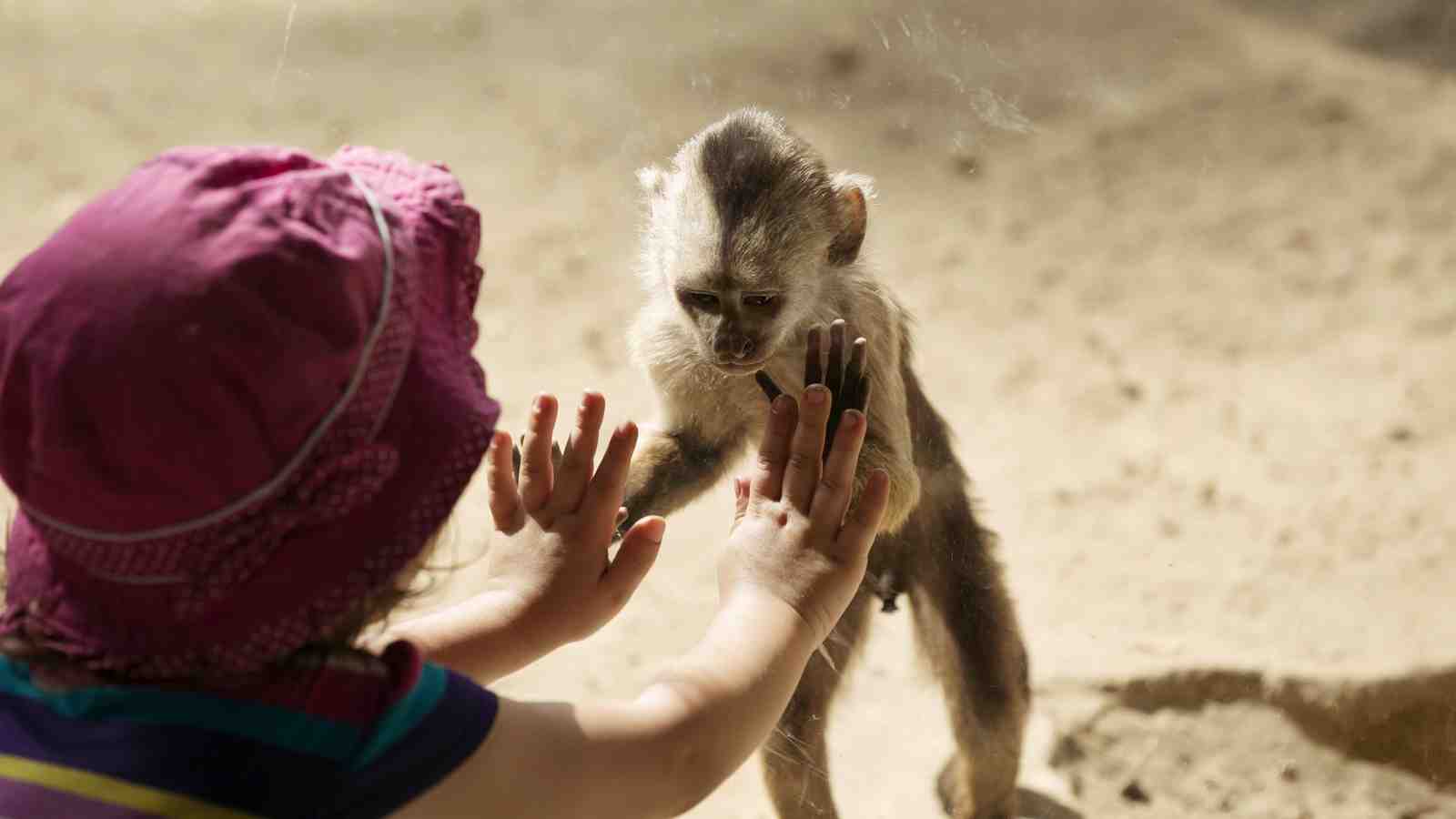Native’s not always good and exotic’s not all bad
The following commentary by Associate Professor Wayne Linklater from Victoria University's School of Biological Sciences was originally published in the Dominion Post on 3 March.

Today is World Wildlife Day—a day to celebrate and raise awareness of the world’s wild animals and plants. This year’s theme is ‘Listen to the Young Voices’.
A quarter of the world’s population are aged between 10 and 24 years old, and a better future for wildlife depends most on the young.
Recently, on my youngest daughter’s fourth birthday, we visited Wellington Zoo. She loved it, of course. Zoos have got better at engaging their visitors, especially children, and raising the profile of wildlife conservation. We saw and heard many conservation messages during our visit—but it was the message about introduced species and their impact on native wildlife that got me thinking most.
My interest deepened when my oldest daughter came home from Brownies planning work for a badge in conservation. Her guidebook recommended making a poster to advocate killing exotic species. She is eight years old.
This gave me pause. I wondered, how do other New Zealander’s feel about children being taught the ‘native good, exotic bad’ message?
Recently, Dr James Russell, a conservation scientist at the University of Auckland, was quoted in prestigious science journal Nature saying that killing for conservation was a “national pastime” and so peoples’ attitudes and beliefs about killing were unlikely to be an impediment to making New Zealand exotic predator-free.
Dr Russell is a very good ecologist and colleague and he won’t mind, I hope, if I announce that I do not share his opinion. I think it betrays the widespread over-confidence and naiveté that ecological and conservation scientists have about people.
I don’t like my children being provoked to kill for conservation. And I don’t like them being taught to demonise an entire species of animal, especially as they are in New Zealand because we introduced them—the fault is ours, not theirs. I’d like my daughter to have empathy much more than I want her to have a reason and willingness to kill.
When my children first saw a possum, they didn’t look in disgust as an exotic invader and ask when I would kill it. Instead they looked in wonder, and a little fear, and asked questions about it —how it lives, what it likes and thinks.
But my daughter’s young voice about the wonder of wildlife has been corrupted by the ‘native good, exotic bad’ message. It wouldn’t be so bad if the message was accurate—but it is not.
The message has become a mantra from New Zealand’s conservation community, but it is fraught with inconsistencies and half-truths.
We launched Predator-free 2050 to eradicate predators of native flora and fauna, yet our Department of Conservation manages two other exotic predators in our lakes and rivers—trout and salmon—and many of us would say ‘rightly so’.
Predator-free 2050 aims to exterminate two rat species but another, the Pacific rat (Kiore) is spared because it is toanga—also, rightly so. There are many more examples of such apparent contradictions. Though we peddle the ‘native good, exotic bad’ dogma to children, in practice we do something very different.
Our relationship with wildlife is contradictory because whether a native or exotic species is a demon or angel depends on our values first, and science second. And it has even less to do with whether they lived here before us, or came with us. Wildlife, exotic and native, have many different values that are political and cultural.
Even wildlife science is strongly influenced by our values, contrary to the claims of objectivity by some scientists. The decisions we and our institutions make about what scientific investigations to support are value-judgements, as are our interpretations and applications of information about exotic species ecology and impacts.
While it is true that some introduced species pose a threat to native wildlife and control is necessary, this is not true all the time or in all contexts and, of course, many exotic species pose no threat or are valuable to us. Further, native species can also become pests. Native is not always good and being exotic is not all bad.
The ‘native good, exotic bad’ dogma is a fallacy that permeates conservation science and practice in New Zealand—it is a half-truth at best and it misleads our children about the complexities of the real world. It prepares them badly for it.
Listen, and I think we will discover that children are born without this prejudice. They have to learn it. They may learn to kill too but not, I hope, without empathy and not before first being critical of mantras fed them by adults. Support their wonder about wildlife.
